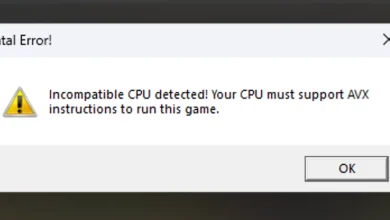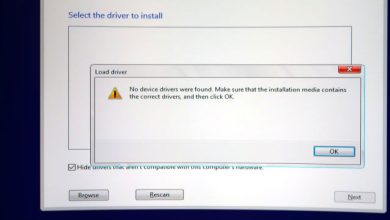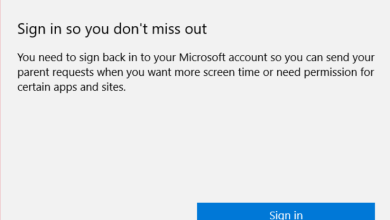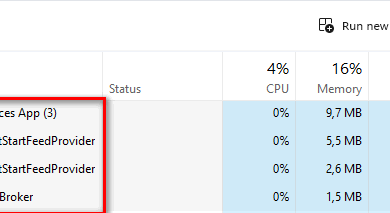How to Turn Off Touchpad Windows 10
On a laptop, the in-built input device for the mouse pointer is known as a touchpad. Touchpads are completely usable and are excellent when it comes to using them for mouse pointer input. However, most people would still rather use a mouse than a touchpad to move their cursor around. If you connect a physical mouse to your laptop, though, you can’t have the touchpad working as an input device too (there would simply be a clash between the two and the touchpad might also become a source of unintentional input). For that reason, and for an array of others, people often need to turn their touchpads off.
Disabling a laptop’s touchpad is comfortably within the realm of possibilities, even on Windows 10 – the latest and greatest iteration of the Windows Operating Ssytem. Before you move on to turning the touchpad on your Windows 10 laptop off, you should definitely have an alternative input device for your mouse pointer connected. If you only want to have your computer’s touchpad turned off while you have a mouse connected to it, you’d be better off following disable touchpad. If you want to permanently turn your touchpad off, however, you are most certainly in the right place.
There are a number of different ways you can go about disabling touchpads on Windows 10, and which one you use simply depends on your specific circumstances or basically whichever way ends up getting the job done for you. Without further ado, the following are some of the absolute most effective methods you can use to disable a touchpad on Windows 10:
Method 1: Disable the touchpad in Settings
Windows 10 brought with it the ability to turn your laptop’s touchpad on or off directly from the Operating System’s Settings utility. If you would like to disable your touchpad from Settings, all you need to do is:
- Open the Start Menu.
- Click on Settings.
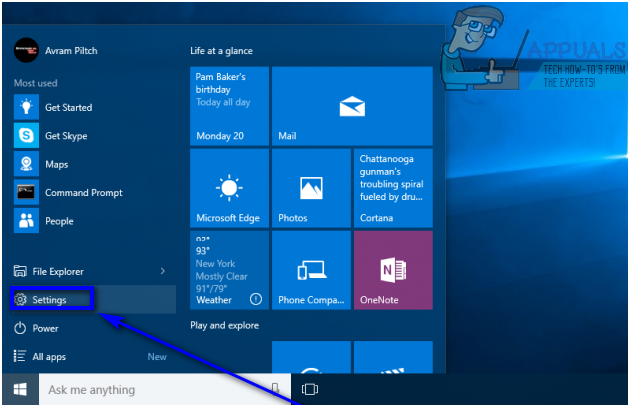
- Click on Devices.

- In the left pane of the window, click on Touchpad.
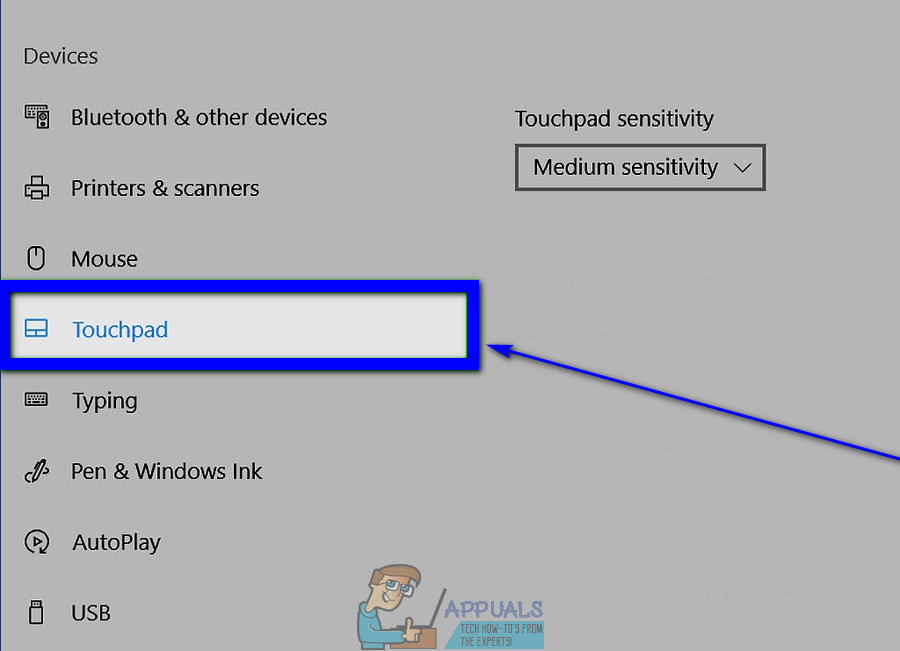
- In the right pane of the window, locate a toggle right under Touchpad, and turn this toggle Off.

- Close the Settings window.
Method 2: Disable ETD Control Center from running at startup
For many laptops, the touchpad is controlled by a program known as ETD Control Center, a program that starts up every single time your computer boots up, and it is when this program is running in the background that your touchpad works. That being the case, users who do have ETD Control Center on their computers can disable their touchpads by simply preventing the program from running at startup. Users who don’t have ETD Control Center on their computers, however, would be better off giving any of the other methods listed and described here a shot. To use this method, you need to:
- Press Ctrl + Shift + Esc to launch the Task Manager.
- Navigate to the Startup tab of the Task Manager.
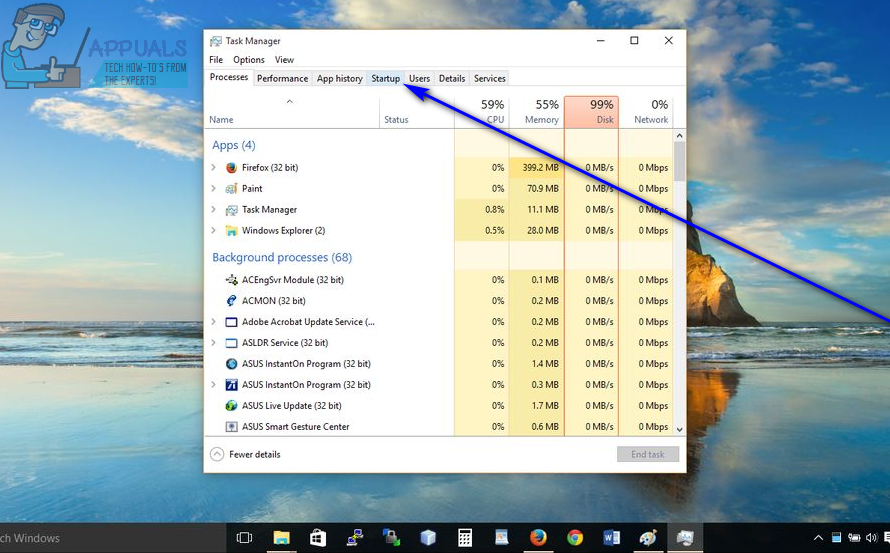
- Locate ETD Control Center in the list of programs that are configured to run when your computer boots up, and click on it to select it.
- Click on Disable.

Once you do so, ETD Control Center will no longer run when your computer boots up, which means that your touchpad won’t work either.
Method 3: Disable your touchpad in Device Manager
Every device connected to a computer has a listing in the Device Manager, and it is in the Device Manager that you can disable devices that are connected to your computer, preventing them from working. The same can be done in this case to disable your laptop’s touchpad. To disable your touchpad in Device Manager, you need to:
- Right-click on the Start Menu button or press the Windows Logo key + X to open the WinX Menu.
- Click on Device Manager in the WinX Menu.

- Double-click on the Mouse and other pointing devices section to expand it.
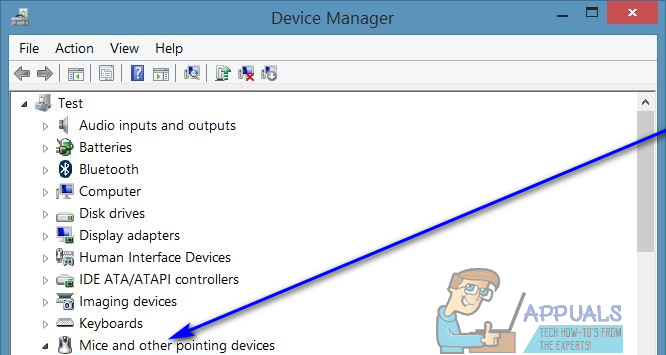
- Locate the listing for your computer’s touchpad, right-click on it, click on Disable and confirm the action in the resulting popup by clicking on Yes. If you see multiple entries with the same name (HID-compliant mouse, for example), simply disable each entry one by one until you find the one that’s for your touchpad.
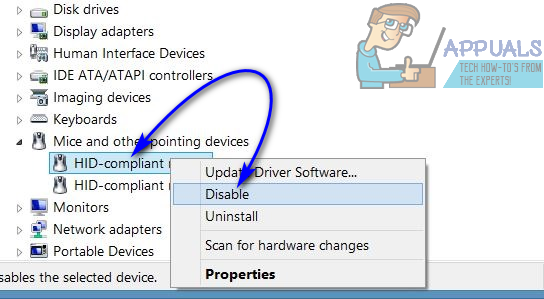
- Close the Device Manager.
Method 4: Use Touchpad Blocker to disable your touchpad
If absolutely none of the methods listed and described above have worked for you, have no fear – you can still use a third-party application to disable your touchpad. One such application that you can use goes by the name of Touchpad Blocker. Touchpad Blocker is a free, lightweight piece of software that can be configured to run at startup and allows users to turn their touchpad off by simply pressing a specified key combination on their keyboard (with the only catch being the fact that the program needs to be running – in the background or in the foreground, doesn’t really matter which – for it to be able to do so).
When you turn your touchpad off using Touchpad Blocker, the touchpad remains disabled until you either turn it on by pressing the specified key combination again or restart your computer. If you would like to acquire and use Touchpad Blocker, you need to:
- Go here and click on the Download button to begin downloading an installer for Touchpad Blocker.
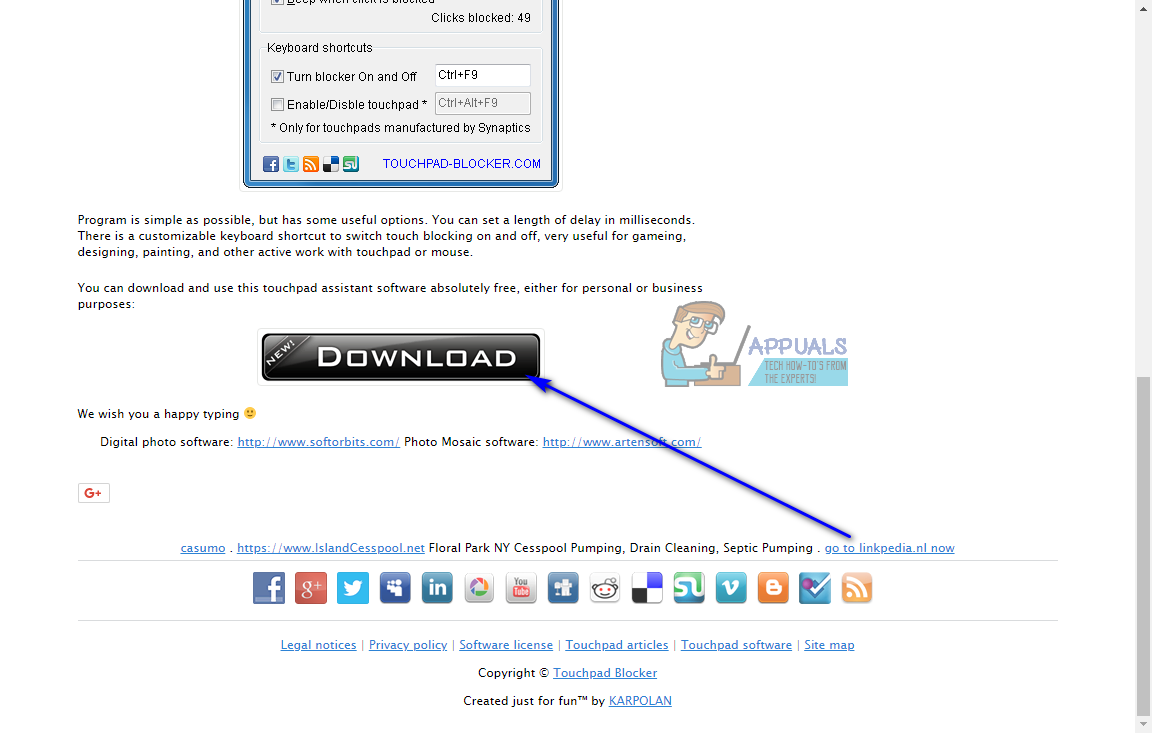
- Navigate to where you downloaded the installer for the program, locate the installer and run it.
- Go through the installer and install Touchpad Blocker on your computer.
- Set Touchpad Blocker up and configure all of your preferences for the program.
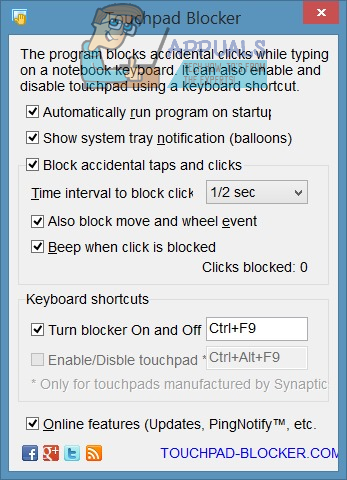
Touchpad Blocker is a completely lightweight and non-intrusive application – it runs in the background (can be accessed from the Notification Area, though), so you won’t even know it’s there.
